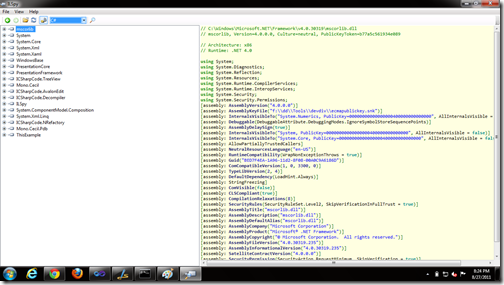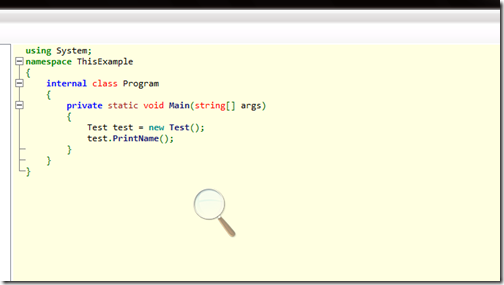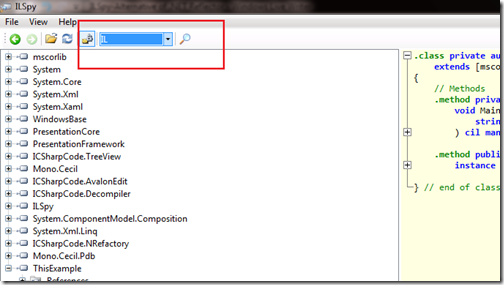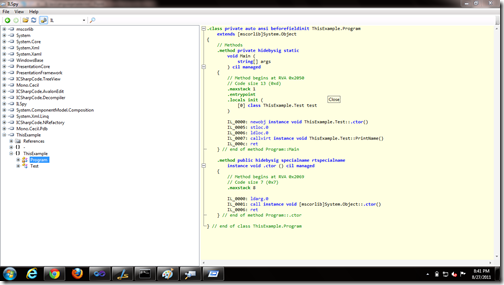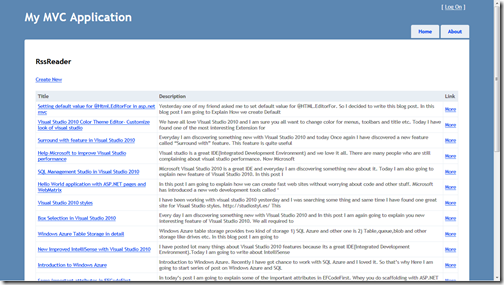Before some days one of my friend asked me about my visual studio 2010 features list. So this post is about my visual studio 2010 post list. I have done lots of blog post about features of Visual Studio 2010 and Following is complete list of it.

-
Visual Studio 2010 Color Theme Editor- Customize look of visual studio
-
Visual Studio 2010 styles
-
Surround with feature in Visual Studio 2010
-
SQL Management Studio in Visual Studio 2010
-
Box Selection in Visual Studio 2010
-
Code refactoring with Visual Studio 2010 Part-1
-
Code refactoring with Visual Studio 2010 Part-2
-
Code refactoring with Visual Studio 2010 Part-3
-
Code refactoring with Visual Studio 2010 Part-4
-
Visual Studio 2010 and UML(Unified Modeling Language) Part-I
-
Task list window in Visual Studio 2010
-
HTML5 Intellisense in Visual Studio 2010/2008
-
View Call Hierarchy window in Visual Studio 2010
-
Pin features while debugging in Visual Studio 2010
-
Historical Debugging (Intellitrace) on Visual Studio 2010 Ultimate Part-1
-
Historical Debugging (Intellitrace) on Visual Studio 2010 Ultimate Part-2
-
Variable Reference Code Highlighting and Hide selection features of Visual Studio 2010
-
HTML and Java Script code snippets in Visual Studio 2010
-
Visual Studio 2010 New Feature-Generate From usage
-
Visual Studio 2010-Automatically Adjust Visual Experience
-
Visual Studio 2010- New Features Selected Text
-
New publish setting dialog in visual studio 2010 beta 2
-
Rename feature in Visual Web Developer 2010/Visual Studio 2010


